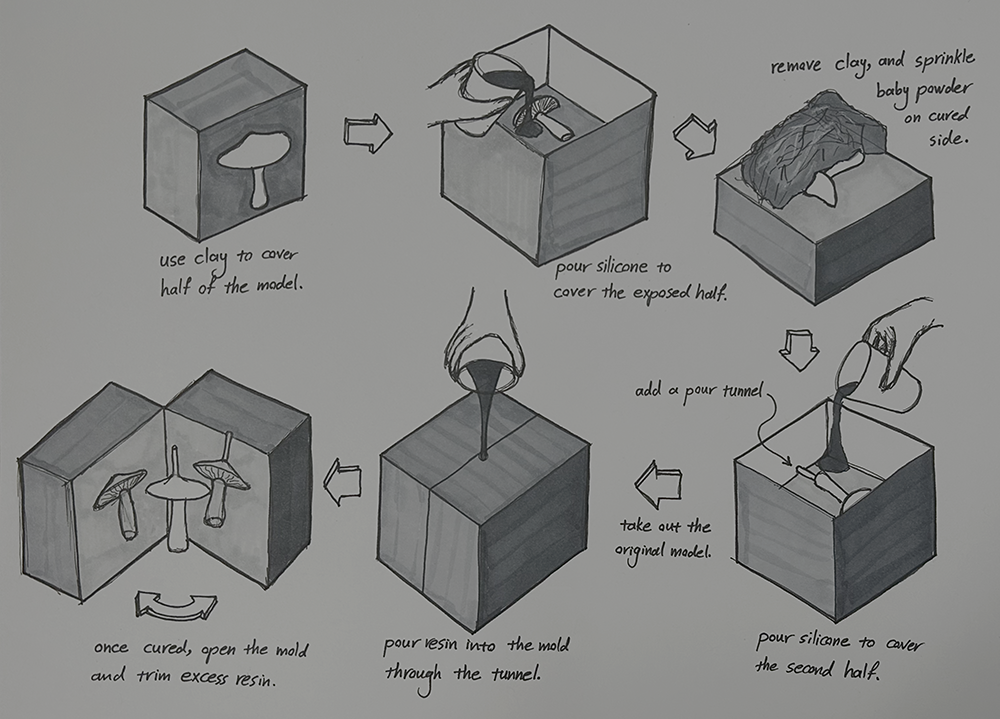In an era where parametric CAD, generative algorithms, and real-time simulation feel almost magical, it’s tempting to relegate pen-and-paper sketches to nostalgia. Yet the most successful design studios, whether crafting turbine blades or coffee makers, still start with loose graphite lines on a page. Here’s why putting ideas on paper remains a core competitive advantage for mechanical and industrial designers.
Instantaneous Idea Capture
Paper’s “boot time” is zero. No log-ins, software updates, or file-naming rituals interrupt the leap from mind to hand. That immediacy lets you externalize half-formed concepts before they fade, encouraging divergent thinking and a richer pool of options.

Cognitive Off-Loading & Creative Flow
Neuroscience studies show that freehand sketching activates different neural pathways than typing or modeling. The tactile feedback of pen pressure and arm movement reduces cognitive load, freeing up working memory for higher-level problem-solving. You notice proportions, ergonomic arcs, or interference issues that a screen might hide behind constraints or snap settings.
Speed over Fidelity in Early Phases
In conceptual stages, quantity beats pixel-perfect quality. A single page can host dozens of thumbnails exploring hinge positions, assembly sequences, or heat-sink fins. Iterating that quickly in CAD, even with templates, simply can’t match the raw throughput of sketching.

Universal Communication
A napkin sketch transcends jargon. Engineers, marketers, machinists, and clients can all gather around a sheet and annotate it in real time. Laying tracing paper over the original lets collaborators suggest alternatives without erasing the designer’s intent—something version-controlled 3D files make far less fluid.

Bias-Free Exploration before Constraints Lock In
CAD tools nudge you toward manufacturable geometries, but early creativity benefits from ignoring those limits for a moment. Paper lets you push impossible curves or mechanism layouts that might be feasible with future processes—seeding innovation before reality reins things back.
Seamless Digital Handoff
Today “paper vs. digital” is a false dichotomy. Scan sketches into tablets, run vector-tracing for rapid surfacing, or layer photos of breadboard mock-ups right inside your CAD reference window. The sketch becomes digital meta-data, not a dead end.

Conclusion
Paper sketches aren’t relics; they’re accelerants. They front-load creativity, foster shared understanding, and prepare concepts for a smoother digital transition. In the race to innovate durable, manufacturable products, the fastest mouse click is still slower than the first stroke of a pencil.




